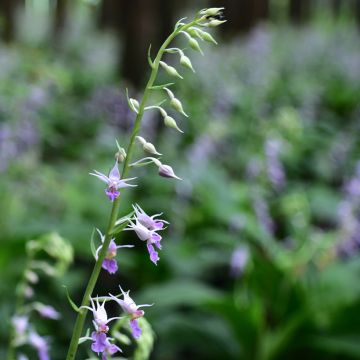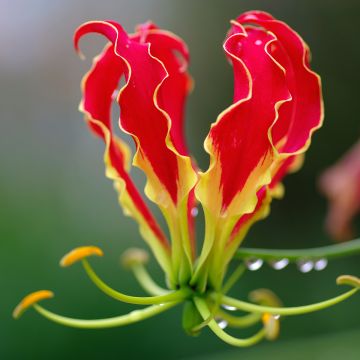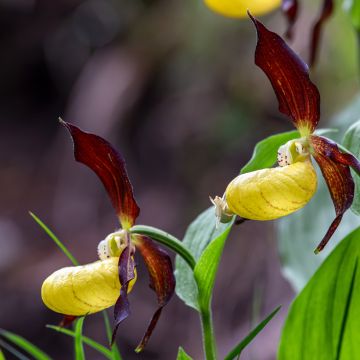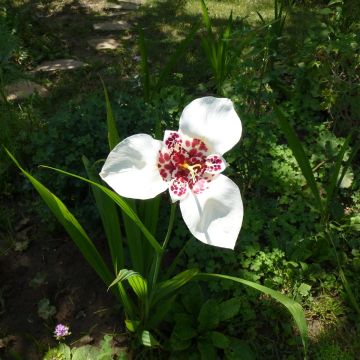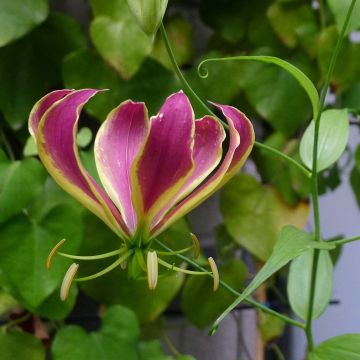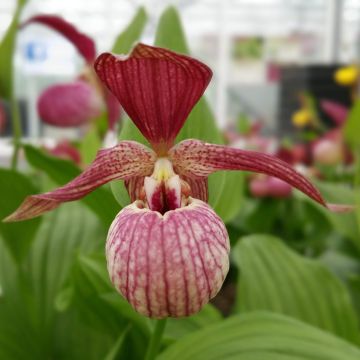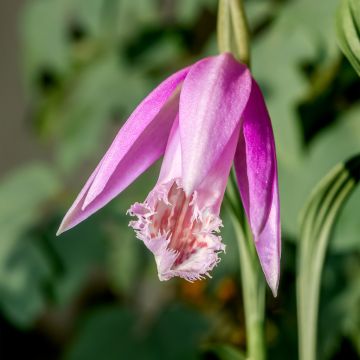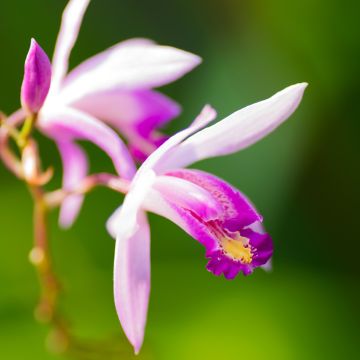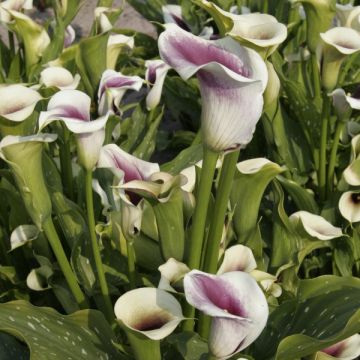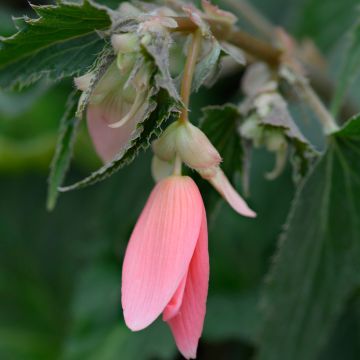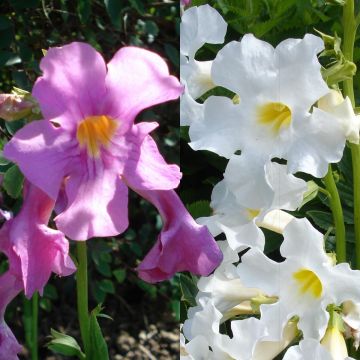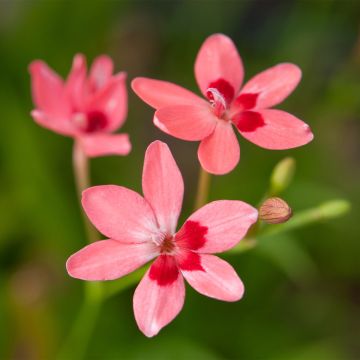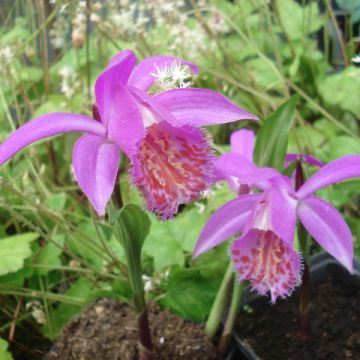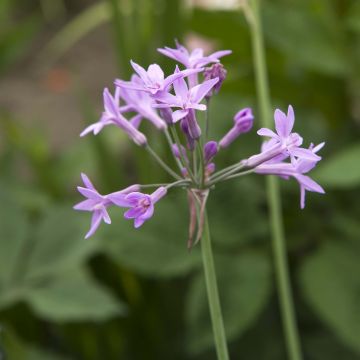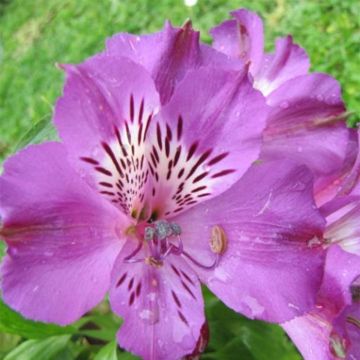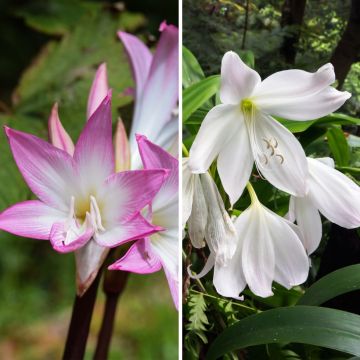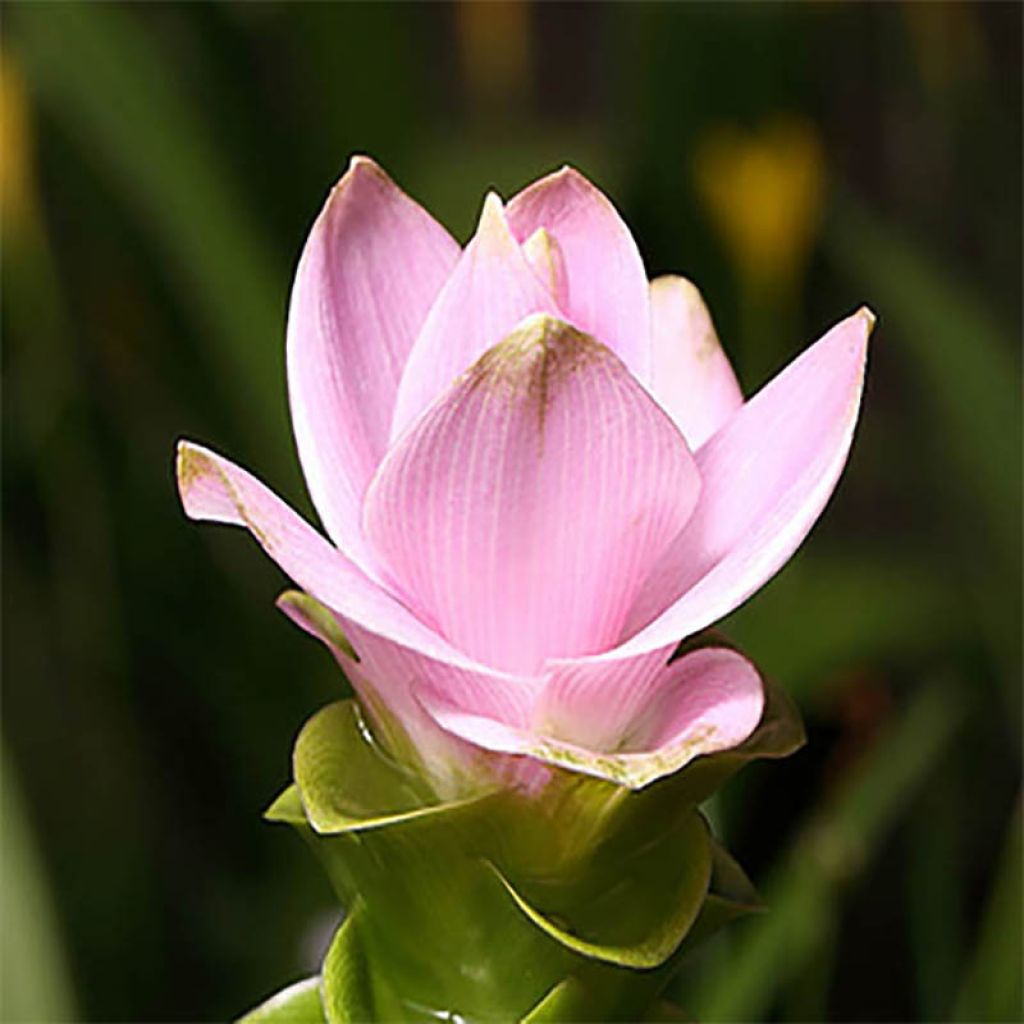

Curcuma alismatifolia Pink


Curcuma alismatifolia Pink
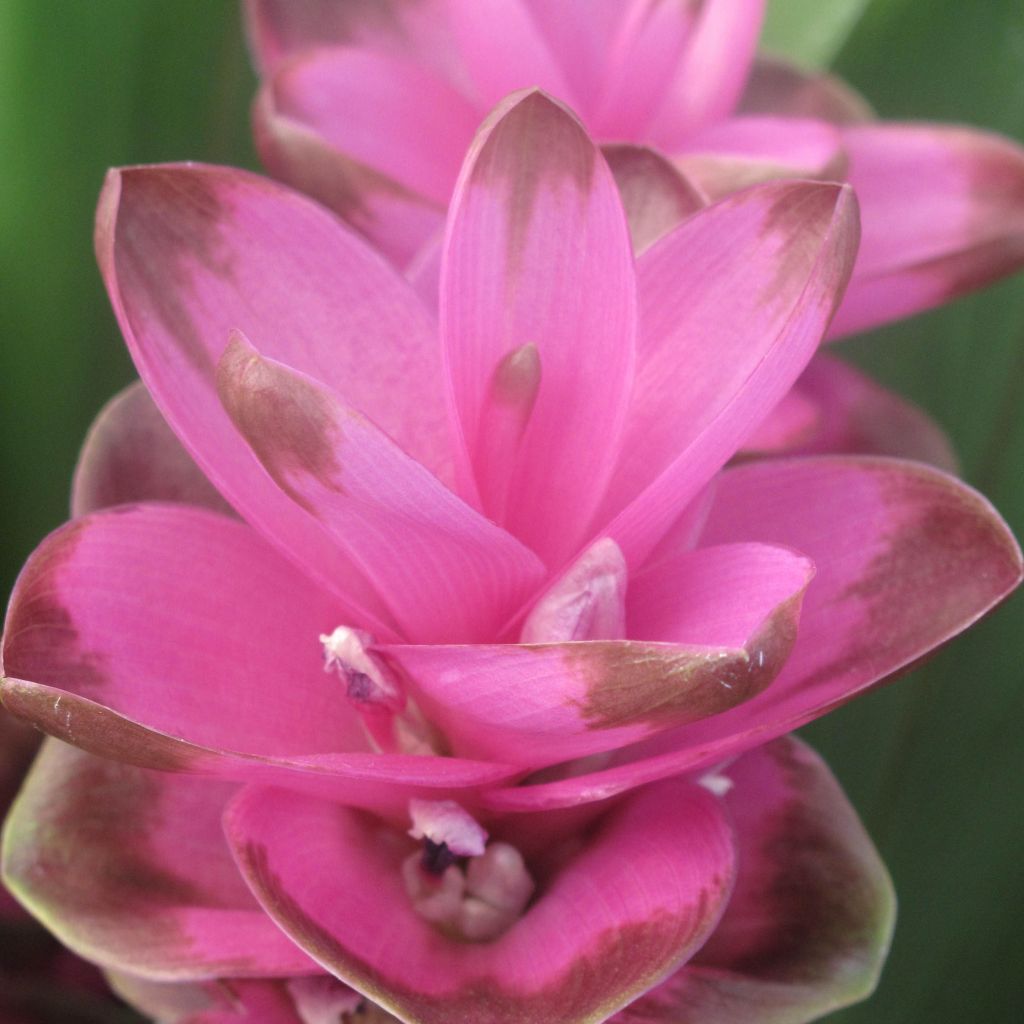

Curcuma alismatifolia Pink
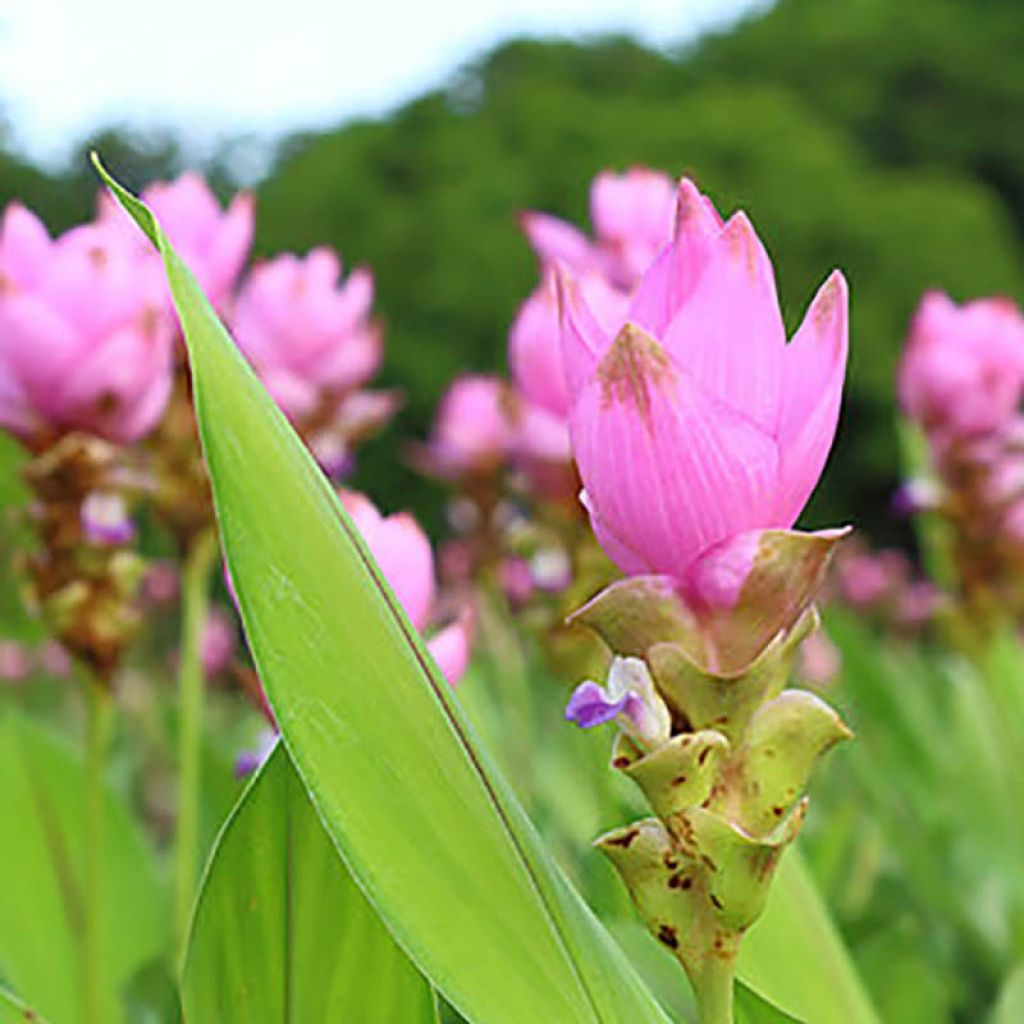

Curcuma alismatifolia Pink
Curcuma alismatifolia Pink - Siam Tulip
Curcuma alismatifolia Pink
Siam Tulip, Summer Tulip, Lotus Ginger, Ornamental Turmeric
The bulbs didn't produce anything, no shoots. Perhaps it's due to a lack of water on my part?
Stephanie, 28/08/2021
This item cannot be shipped to the selected country
Delivery charge from 5,90 €
More information
Shipping country:
-
Andorra
-
Austria
-
Belgium
-
Bulgaria
-
Chile
-
Croatia
-
Cyprus
-
Czechia
-
Denmark
-
Estonia
-
Finland
-
France
-
Germany
-
Greece
-
Hungary
-
Iceland
-
Ireland
-
Italy
-
Latvia
-
Lithuania
-
Luxembourg
-
Malta
-
Monaco
-
Netherlands
-
Poland
-
Portugal
-
Romania
-
Slovakia
-
Slovenia
-
Spain
-
Sweden
-
Switzerland
-
United Kingdom
Schedule delivery date,
and select date in basket
This plant carries a 6 months recovery warranty
More information
We guarantee the quality of our plants for a full growing cycle, and will replace at our expense any plant that fails to recover under normal climatic and planting conditions.
From 5,90 € for pickup delivery and 6,90 € for home delivery
Express home delivery from 8,90 €.
Would this plant suit my garden?
Set up your Plantfit profile →
Description
Curcuma alismatifolia 'Pink' is a variety of Siamese tulip. It is a magnificent ornamental plant with astonishing flowering, providing amazing green and pink bracts in which small purple flowers are nestled. Growing them in your garden adds a beautiful touch of exoticism, but unfortunately, this variety does not have the culinary qualities of the typical species used in cooking.
Curcuma alismatifolia 'Pink' belongs to the family of Zingiberaceae. The natural variety grows in Cambodia, Myanmar, and especially in Thailand, which has earned it the nicknames of Thai Tulip or Siam Tulip.
The habit of this ornamental turmeric is upright, its semi-evergreen foliage is alternate and ensate (sword-shaped) with sheathing petioles. Along the floral stem, a multitude of bracts resembling green scales then turn pink with a touch of bronze green as they approach the top. In the axils of these scales, small flowers are nestled, which reach a diameter of 2cm (1in) at maturity and exude an enchanting fragrance. The turmeric will produce even prettier flowers in a rich and light neutral soil, and it appreciates a slight constant humidity. If you live in a coastal region in the south, you can leave the rhizomes in the ground during winter. In all other cases, dig them up and store them during the off-season, similar to Dahlias. You can also grow them in pots that you can shelter in a conservatory during winter, for example. This cultivation method will allow you to place these pots near windows and terraces during flowering to enjoy them up close. Curcuma alismatifolia exists in several colours, pink, white, and violet. Don't hesitate to vary the pleasures and play with this range of fresh colours.
Report an error about the product description
Curcuma alismatifolia Pink - Siam Tulip in pictures


Plant habit
Flowering
Foliage
Botanical data
Curcuma
alismatifolia
Pink
Zingiberaceae
Siam Tulip, Summer Tulip, Lotus Ginger, Ornamental Turmeric
Southeast Asia
Other Rare bulbs
Planting and care
Plant your Curcuma alismatifolia 'Pink' bulbs after the last frost, in a partially sunny location, 10cm (4in) deep and spaced 10cm (4in) apart. The soil should be deeply worked and enriched with compost. Curcuma is sensitive to frost. In a coastal Mediterranean or marked oceanic climate, you can leave the bulbs in the ground, making sure to mulch them well. In colder regions, the bulbs should be dug up in autumn before the first frost and stored in a cool, dry place. You can also grow them in pots (1 bulb per 15cm (6in) pot, with the top of the bulb just above the soil surface) in a good quality compost that you regularly fertilize, take them outside at the end of spring, and protect them from frost in winter. When growing in pots, ensure effective drainage and maintain regular watering, as while it doesn't like very dry conditions, stagnant moisture is also not suitable. Divide the bulbs every 2 or 3 years.
Planting period
Intended location
Care
-
, onOrder confirmed
Reply from on Promesse de fleurs
Bulbs to grow in pots
Haven't found what you were looking for?
Hardiness is the lowest winter temperature a plant can endure without suffering serious damage or even dying. However, hardiness is affected by location (a sheltered area, such as a patio), protection (winter cover) and soil type (hardiness is improved by well-drained soil).

Photo Sharing Terms & Conditions
In order to encourage gardeners to interact and share their experiences, Promesse de fleurs offers various media enabling content to be uploaded onto its Site - in particular via the ‘Photo sharing’ module.
The User agrees to refrain from:
- Posting any content that is illegal, prejudicial, insulting, racist, inciteful to hatred, revisionist, contrary to public decency, that infringes on privacy or on the privacy rights of third parties, in particular the publicity rights of persons and goods, intellectual property rights, or the right to privacy.
- Submitting content on behalf of a third party;
- Impersonate the identity of a third party and/or publish any personal information about a third party;
In general, the User undertakes to refrain from any unethical behaviour.
All Content (in particular text, comments, files, images, photos, videos, creative works, etc.), which may be subject to property or intellectual property rights, image or other private rights, shall remain the property of the User, subject to the limited rights granted by the terms of the licence granted by Promesse de fleurs as stated below. Users are at liberty to publish or not to publish such Content on the Site, notably via the ‘Photo Sharing’ facility, and accept that this Content shall be made public and freely accessible, notably on the Internet.
Users further acknowledge, undertake to have ,and guarantee that they hold all necessary rights and permissions to publish such material on the Site, in particular with regard to the legislation in force pertaining to any privacy, property, intellectual property, image, or contractual rights, or rights of any other nature. By publishing such Content on the Site, Users acknowledge accepting full liability as publishers of the Content within the meaning of the law, and grant Promesse de fleurs, free of charge, an inclusive, worldwide licence for the said Content for the entire duration of its publication, including all reproduction, representation, up/downloading, displaying, performing, transmission, and storage rights.
Users also grant permission for their name to be linked to the Content and accept that this link may not always be made available.
By engaging in posting material, Users consent to their Content becoming automatically accessible on the Internet, in particular on other sites and/or blogs and/or web pages of the Promesse de fleurs site, including in particular social pages and the Promesse de fleurs catalogue.
Users may secure the removal of entrusted content free of charge by issuing a simple request via our contact form.
The flowering period indicated on our website applies to countries and regions located in USDA zone 8 (France, the United Kingdom, Ireland, the Netherlands, etc.)
It will vary according to where you live:
- In zones 9 to 10 (Italy, Spain, Greece, etc.), flowering will occur about 2 to 4 weeks earlier.
- In zones 6 to 7 (Germany, Poland, Slovenia, and lower mountainous regions), flowering will be delayed by 2 to 3 weeks.
- In zone 5 (Central Europe, Scandinavia), blooming will be delayed by 3 to 5 weeks.
In temperate climates, pruning of spring-flowering shrubs (forsythia, spireas, etc.) should be done just after flowering.
Pruning of summer-flowering shrubs (Indian Lilac, Perovskia, etc.) can be done in winter or spring.
In cold regions as well as with frost-sensitive plants, avoid pruning too early when severe frosts may still occur.
The planting period indicated on our website applies to countries and regions located in USDA zone 8 (France, United Kingdom, Ireland, Netherlands).
It will vary according to where you live:
- In Mediterranean zones (Marseille, Madrid, Milan, etc.), autumn and winter are the best planting periods.
- In continental zones (Strasbourg, Munich, Vienna, etc.), delay planting by 2 to 3 weeks in spring and bring it forward by 2 to 4 weeks in autumn.
- In mountainous regions (the Alps, Pyrenees, Carpathians, etc.), it is best to plant in late spring (May-June) or late summer (August-September).
The harvesting period indicated on our website applies to countries and regions in USDA zone 8 (France, England, Ireland, the Netherlands).
In colder areas (Scandinavia, Poland, Austria...) fruit and vegetable harvests are likely to be delayed by 3-4 weeks.
In warmer areas (Italy, Spain, Greece, etc.), harvesting will probably take place earlier, depending on weather conditions.
The sowing periods indicated on our website apply to countries and regions within USDA Zone 8 (France, UK, Ireland, Netherlands).
In colder areas (Scandinavia, Poland, Austria...), delay any outdoor sowing by 3-4 weeks, or sow under glass.
In warmer climes (Italy, Spain, Greece, etc.), bring outdoor sowing forward by a few weeks.
